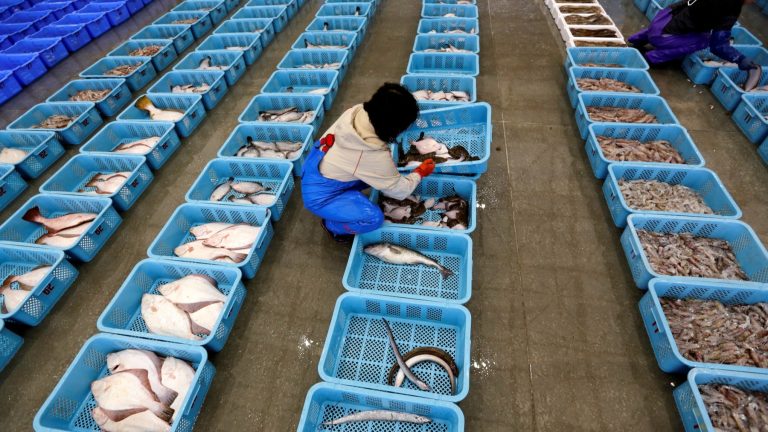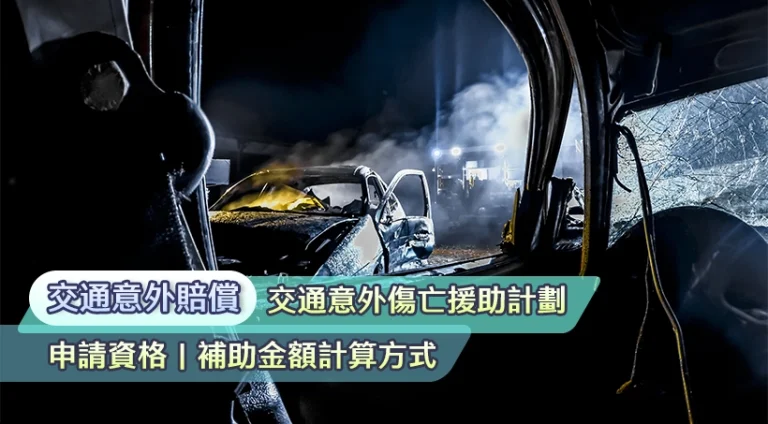Green Insurance: A Promising Approach to Reducing Pesticide Use in Viticulture
French vineyards face a complex challenge: protecting grapevines from fungal diseases while minimizing environmental and health risks associated with frequent fungicide treatments. In 2019, 100% of French vineyard plots received at least one fungicide application, highlighting the critical need for innovative solutions that balance crop protection and sustainability.

Fungal diseases pose a significant threat to wine production, especially under extreme weather conditions. Traditional approaches rely heavily on chemical treatments, but these come with substantial environmental and health consequences. While alternative practices like biocontrol, reduced product dosage, and resistant grape varieties exist, farmers hesitate to adopt them due to potential risks to yield and product quality.
Decision Support Tools (DSTs) offer a promising technological solution, helping farmers assess local disease pressure and make informed treatment decisions. However, their limited adoption stems from concerns about reliability and the potential for significant crop losses if a critical treatment is missed.
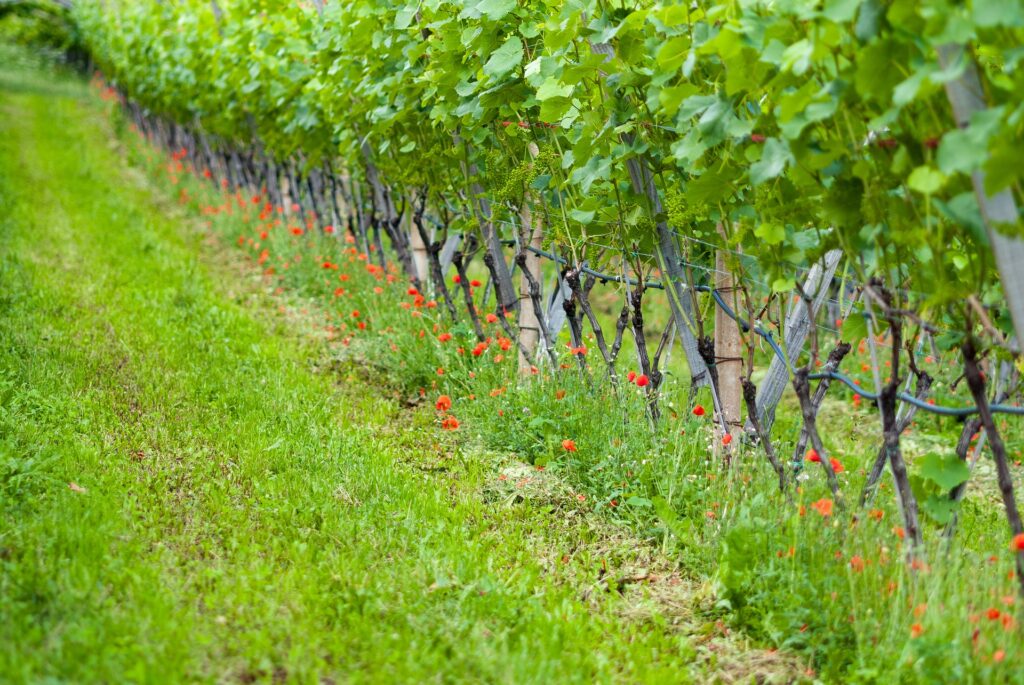
Enter the concept of “green insurance” – an innovative approach designed to support vine growers in transitioning to more sustainable practices. Unlike traditional insurance, this model doesn’t provide systematic aid but instead compensates farmers for yield losses specifically resulting from adopting environmentally friendly practices.
A groundbreaking experiment in New Aquitaine, conducted by insurer Groupama, demonstrated the potential of this approach. Over four years, the program covered approximately 100 hectares, with farmers following an insurable protocol defined by a DST. The results were impressive: an average reduction in Treatment Frequency Index (TFI) ranging from 30-55% depending on the vintage.
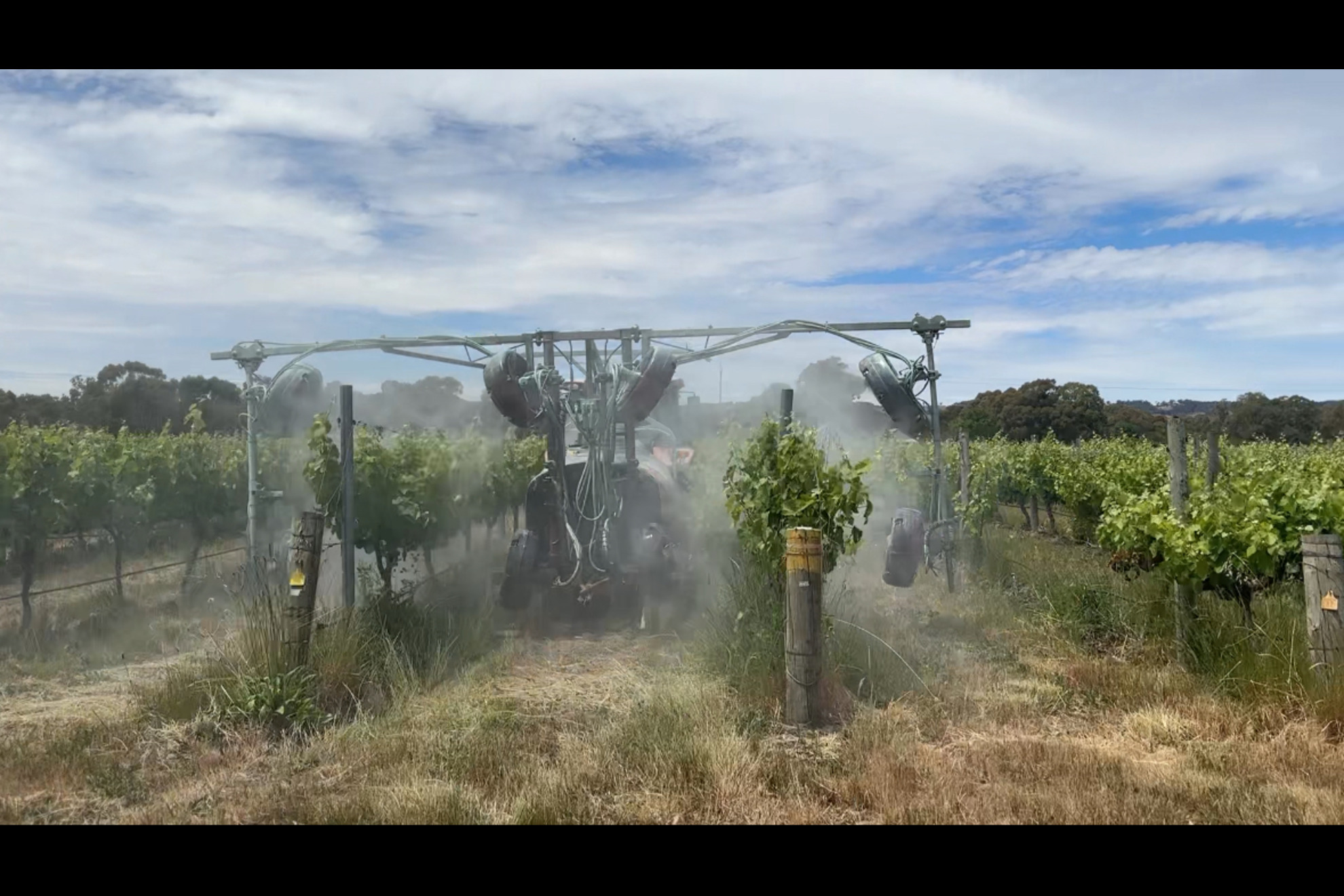
A comprehensive survey of 412 French vine growers in January 2023 revealed significant interest in this approach. Between 48% and 60% of respondents expressed willingness to adopt an insurance policy that provides compensation conditional on following DST recommendations to reduce fungicide use. The percentage varied based on pricing and contract specifics.
Crucially, the survey highlighted farmers’ preferences for implementation. They strongly favored voluntary individual membership over compulsory mutual fund contributions and rejected compensation based on standardized indexes, preferring compensation for actual losses.
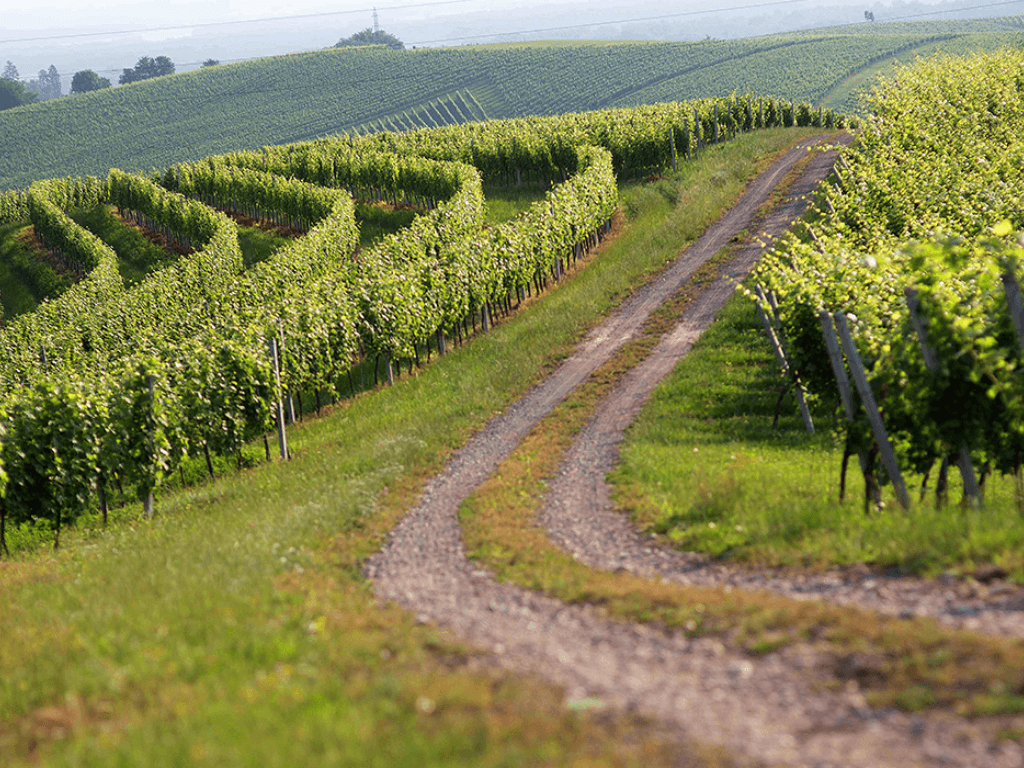
Researchers estimate that such a system could achieve an average 45% reduction in fungicide use across French vineyards. Importantly, the study found no “windfall effect,” meaning the insurance isn’t primarily attractive to farmers already performing well – a critical consideration for ensuring genuine environmental impact.
The potential of green insurance extends beyond viticulture. This model could be adapted for other crops and regions facing similar challenges in balancing agricultural productivity with environmental sustainability.
By creating a financial safety net that encourages sustainable practices, green insurance represents a nuanced approach to agricultural transformation. It addresses farmers’ economic concerns while providing a structured pathway to reduce chemical dependency.
As climate change and environmental consciousness continue to reshape agricultural practices, innovative solutions like green insurance offer hope. They demonstrate that economic incentives and environmental stewardship can work hand in hand, creating a more sustainable future for agriculture.




